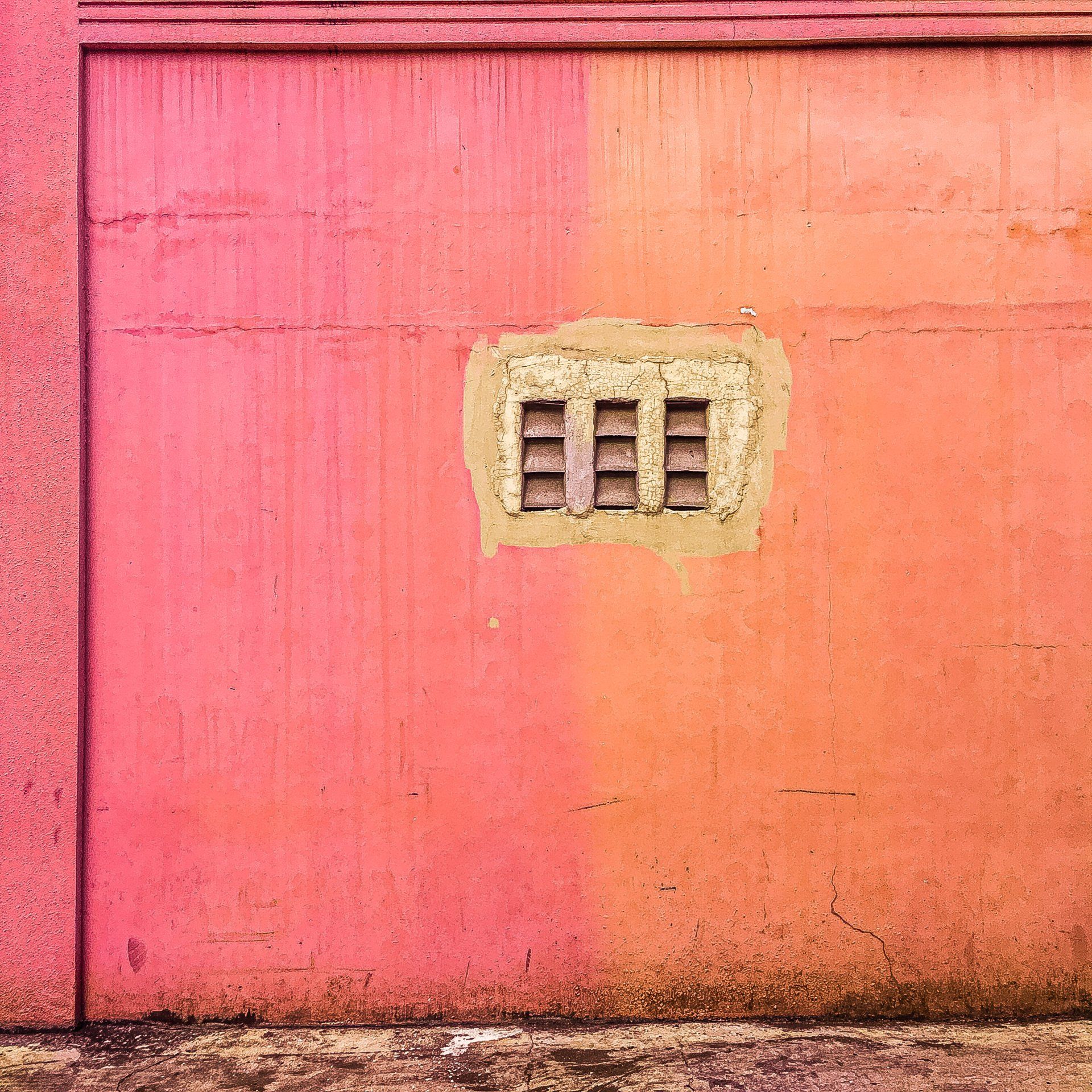How Lighting Affects Paint Color and Why it Matters
How Lighting Affects Paint Color and Why it Matters
Paint your walls is a fantastic option to revitalize your home's ambiance, but selecting the right color for your walls can be a challenge.
Knowing how light affects paint color is a good way to create a pleasant end product.
One of the things to consider when selecting your next paint color is how the appearance will change when the light in your space changes.
This is what we mean. What do you think? Have you ever put on socks only to find out later, under different lighting conditions, that the socks you put on are actually two different hues? The scientific term for such a phenomenon can be described as "illuminant metamerism." It is simply the fact that colors can appear in different shades when seen under different light. This is a crucial aspect since, for example, the new, cool color you are swooning over at the paint shop might not be as appealing as you'd expect on the walls of your dining area. It might look great in your dining area, but it is a bit too excessive "pop" in the family room. Tricky, right?
Illuminant metamerism might not be the most important thing on the planet in the world of socks, but when it comes down to painting the interior of your house, it matters significantly!
Colors may change during the day as the light conditions change from morning to evening. Understanding how light affects the color of paint before you decide to buy gallons of paint will aid you in selecting your color well.
How Sunlight Affects Paint Colors
The natural light that flows through your windows is the most accurate color representation, whether for better or for worse. This is why colors are different in your home than they would under fluorescent light bulbs from the store.
When selecting paint colors, take into consideration the size and the number of windows as well as their orientation:
- Windows facing the south usually provide the brightest natural light, but it can be quite harsh on warm summer afternoons. Whites and pale colors may appear dull or faded, whereas darker hues may appear more vibrant.
- Rooms that have windows facing north provide indirect light that infuses the room with a soft, warm hue that is more constant throughout the daytime. Colors that are dark tend to appear darker, while light hues might appear slightly soft. (Note that if you're within the southern part of the hemisphere, the opposite is the case: windows in the north offer more light while south windows give indirect natural light.)
- Windows facing east could provide your home with plenty of light during the morning, but they tend to be dark later in the day. Dark hues appear intense in the bright, early morning light, but they can appear dull as the sun's rays fade.
- Rooms facing west, which are dark in the morning, are bathed in rich golden or yellow hues in the late afternoon. Yellow or red colors can appear excessive on bright, sunny days.
- Every house is unique in its lighting patterns that influence the interior color. Other aspects to consider are the climate you reside in as well as seasonal changes in light. In the ideal scenario, colors must be appealing to you in various lighting conditions. Another factor to take into consideration is your location. The farther north you go, the bluer the light gets, which is why longer wavelengths are more common. Certain paint experts believe this may alter the way colors appears. They believe that light is more reddish in the south and has shorter wavelengths. Some off whites, like Kilim Beige, SW 60106, really notice this. They may catch light reflections from green onto the trees or red of the deck stain and change it into an eagle!




